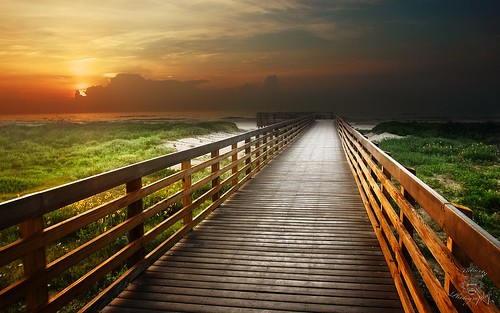Garbz
No longer a newbie, moving up!
- Joined
- Oct 26, 2003
- Messages
- 9,713
- Reaction score
- 203
- Location
- Brisbane, Australia
- Can others edit my Photos
- Photos NOT OK to edit
That's lucky for you but there are plenty of cameras which just flat out get white balance wrong in Auto. The D200 is my example. I shoot in Auto and there's always a purple tinge when shooting in forest / green conditions, and there's always an orange tinge when I shoot in overcast conditions.
The way RAW fixes this it that the white balance values are completely selectable after the fact making it childsplay to get neutral lighting. It's also what comes most recommended to people who have any white balance issues (though sometimes incorrectly people just read WB in the title and say RAW is the solution when it's not). Mind you I also base my theory that the very large majority of people now picking up their first DSLR are very computer proficient (they are after all researching on an online forum), which would imply learning the software is going to be a breeze compared to learning photography. Anecdote: My girlfriend and sister both shoot RAW, but my dad couldn't figure out how to import images into Lightroom, so RAW is definitely not a solution for him (and probably won't ever be).
Anywho I stand by my statement and I think all we can do is agree to disagree Happens a lot on this forum.
Happens a lot on this forum.
The way RAW fixes this it that the white balance values are completely selectable after the fact making it childsplay to get neutral lighting. It's also what comes most recommended to people who have any white balance issues (though sometimes incorrectly people just read WB in the title and say RAW is the solution when it's not). Mind you I also base my theory that the very large majority of people now picking up their first DSLR are very computer proficient (they are after all researching on an online forum), which would imply learning the software is going to be a breeze compared to learning photography. Anecdote: My girlfriend and sister both shoot RAW, but my dad couldn't figure out how to import images into Lightroom, so RAW is definitely not a solution for him (and probably won't ever be).
Anywho I stand by my statement and I think all we can do is agree to disagree
















